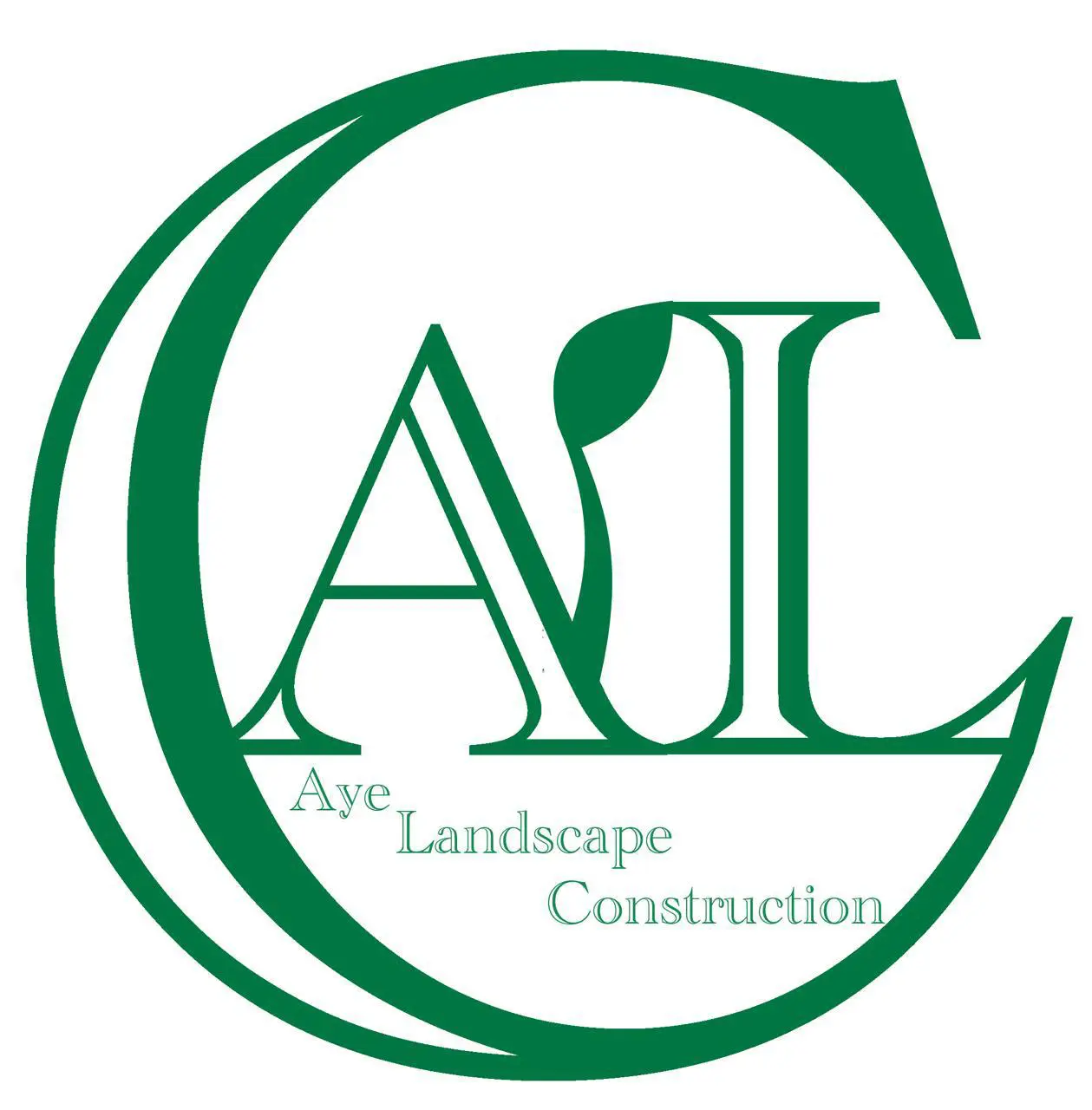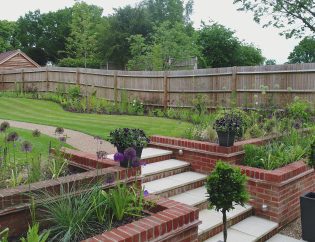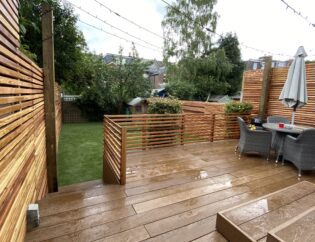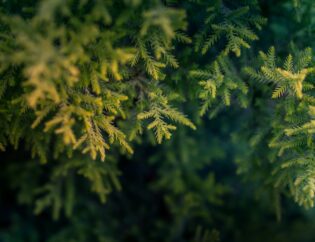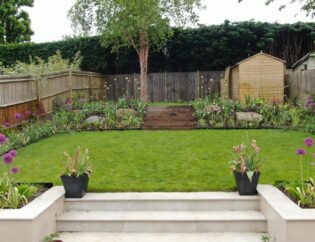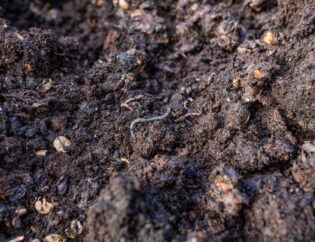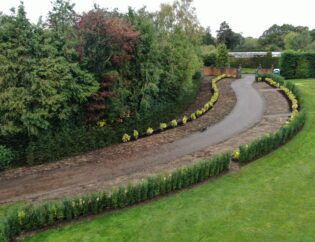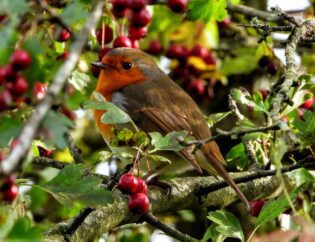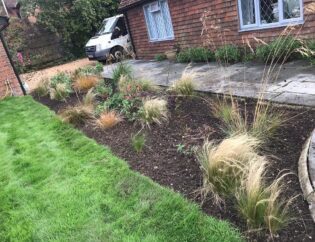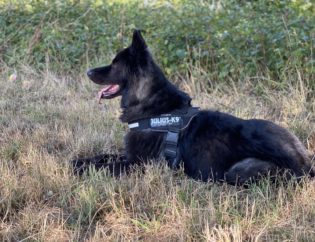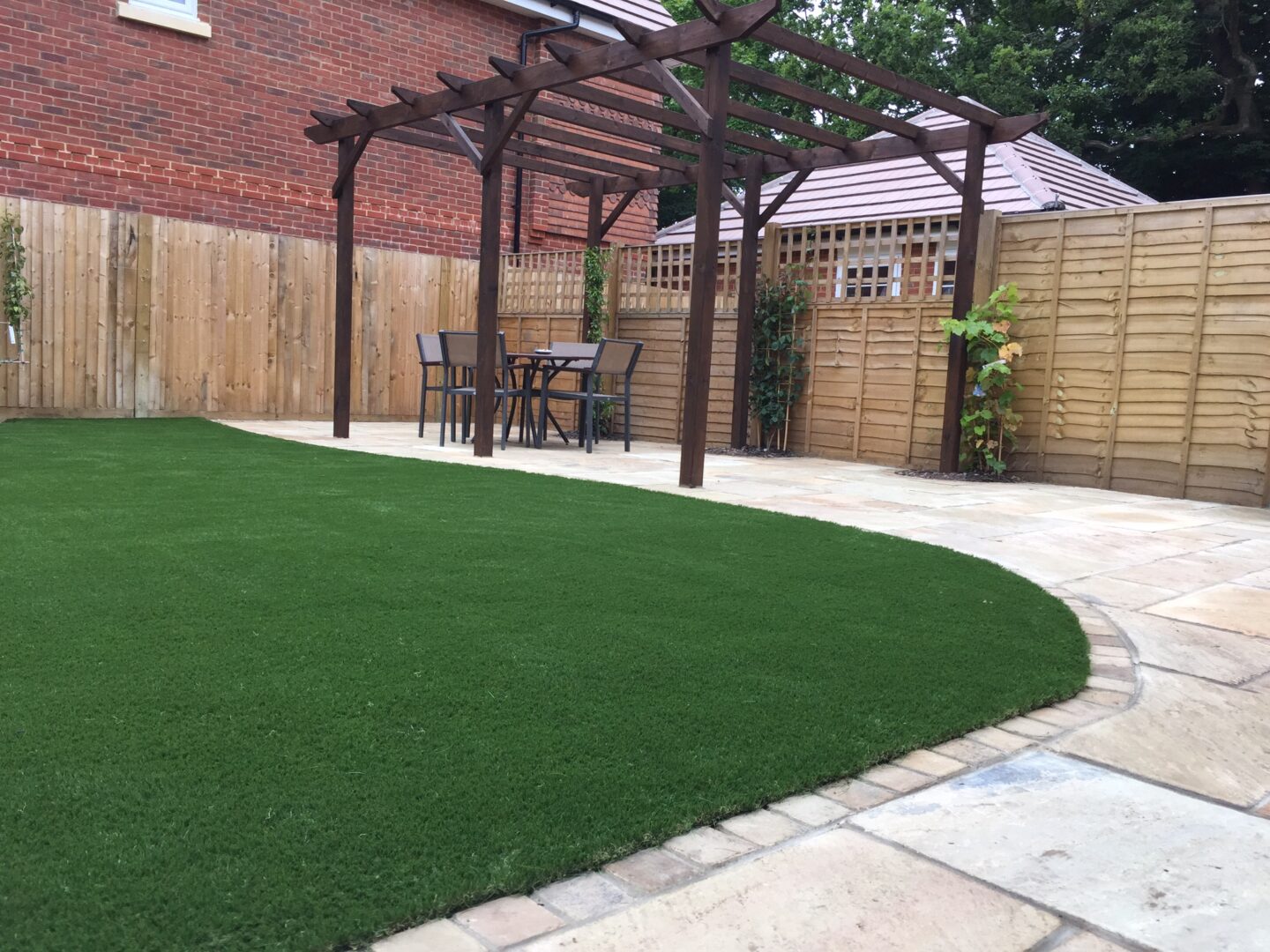
HOW TO LOOK AFTER YOUR ARTIFICIAL GRASS
It’s true that an artificial lawn needs less maintenance than natural grass. But that doesn’t mean that you can lay it and forget about it! To keep your artificial lawn looking lush and green for years to come, you’ll need to give it a little bit of TLC(Tender Lawn Care). Here’s how:
MAINTENANCE
Spot cleaning: There is no need to regularly wash down the whole lawn –simply brush and spot clean areas as and when they need it. A quick brush with a stiff broom or plastic (not metal) grass rake will remove any dry debris. A quick splash with the garden hose will freshen up the areas of your grass that need it.
Keep it clear: Over time, soil, twigs, and other unwanted debris may start to collect in your grass. This won’t damage the grass, but it will encourage moss and weeds to grow, and will affect the look of your lawn. To remove any debris, brush your grass with a stiff broom, plastic rake (not metal), a leaf blower or garden vacuum occasionally. Do not use a house vacuum as the excessive suction will damage the turf.
Weeds and moss: Check your lawn for weeds regularly and pull out any that may have appeared. Although your lawn is artificial, weeds can still grow through drainage holes, or from self-planted seeds taking hold in any debris build-up.If needed, you can use a weed treatment from your garden centre or DIY store, but always carry out a patch test first to ensure it won’t cause any damage.
A good brush: To keep your grass perky, we suggest giving your grass a good brush once a month. Keep the pressure light and consistent to avoid a patchy, uneven look.
ARTIFICIAL LAWNS AND PETS
Artificial grass is a good option for households with pets, as it doesn’t discolour or die like natural grass. However you will obviously need to keep it clean for sanitary reasons. Make sure that pet waste doesn’t build up by removing it after your pet has finished their business, as you would normally. Urine will drain away into the groundas your artificial grass is made of a porous material. Simply hose down the area after use, and if there is a lingering smell, use washing up liquid or detergent and warm water, or an artificial grass cleaner to freshen it up. Remember to spot-test first if you are using a new cleaner.
ENJOYING YOUR LAWN
Protect heavy traffic areas: As with natural grass, we recommend a small, paved area next to your doorway to prevent flattening or wearing away the grass from those regular first steps onto your lawn. Paved pathways on high traffic areas will also help to keep your lawn looking fresh and tidy.
Promote even wear: We recommend relocating any garden or play equipment from time to time, to ensure even wear of the grass. Brush the area with a stiff brush to stimulate and freshen up the grass pile.
Play areas: Football goals, slides, and other play equipment are high impact areas so will need a little more attention. If you are playing sports on the grass, make sure it has a heavy sand infill. As above, we recommend moving equipment from occasionally to avoid one area being worn more than another.
Shiny objects: Please be careful if you have garden mirrors, shed windows, glass-topped furniture, and decorative garden accessories in full sunlight in your garden. Glass and other shiny objects reflect the sun’s rays and can magnify them onto the grass, which could cause it to burn. Review your garden accessories and placement of them to keep your grass –and garden –safe.
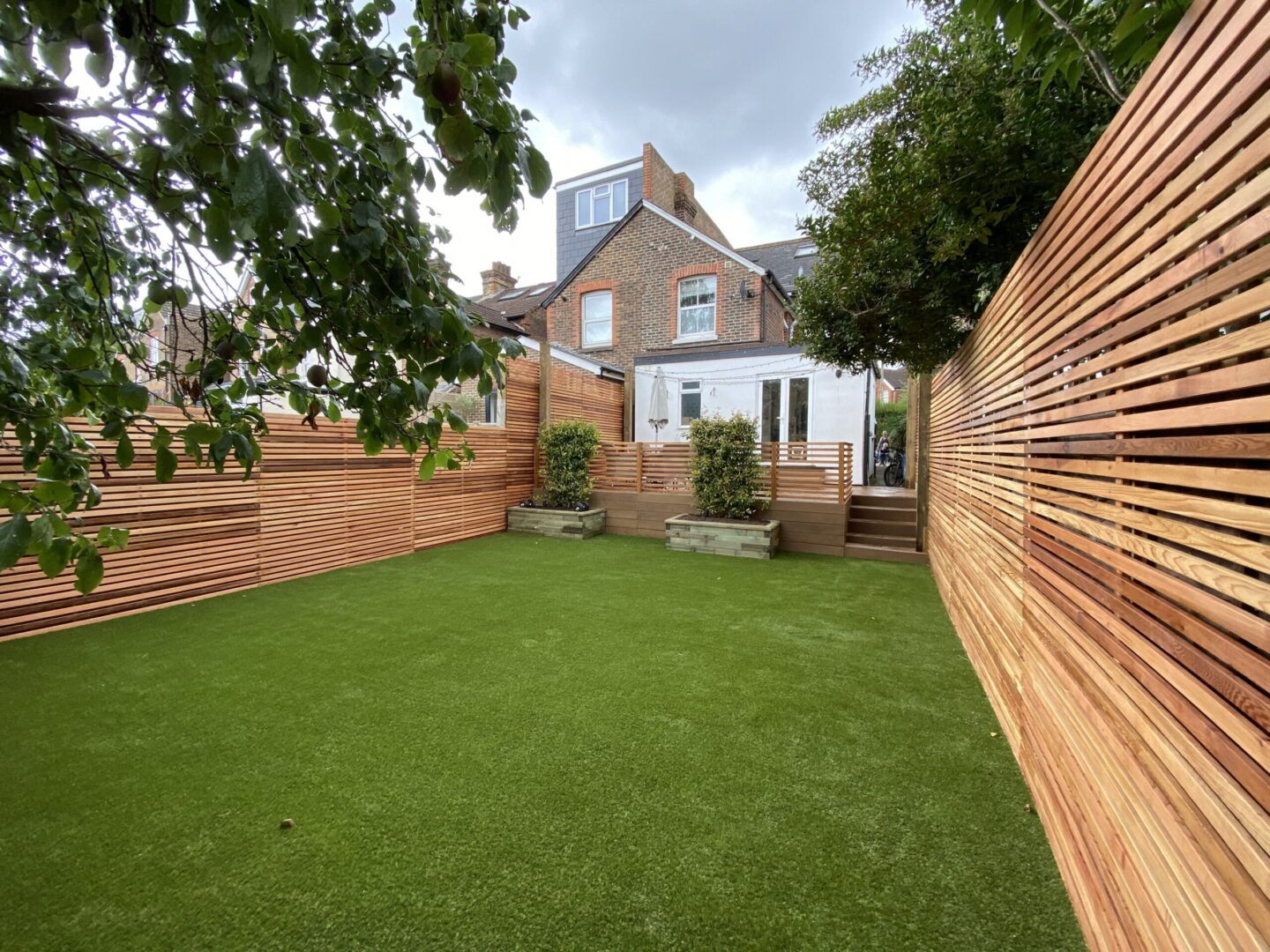
DON'TS
- Avoid using sharp objects that could cut or tear yourartificial grass. If you have to remove something that is stuck or dried on to your grass, use a blunt instrument such as a decorator’s scraper or a ruler.
- Never use harsh chemicals to clean your grass as this might damage it. We suggest washing up liquid, or a mixture of 1 part white vinegar to 1 part water. Specialist grass cleaners are also available. Always do a patch test on a small, less obvious area first to test.
- Never use pesticides on your artificial lawn, as these could also damage the fibres. Simply hose down your grass to wash away any unwelcome creatures.
- Never apply heat to your lawn–let it dry naturally after a hose down or rain.
- Don’ be tempted to use a domestic vacuum cleaner on your artificial grass. It’s not good for either your grass or your vacuum cleaner! Just as you would invest in a lawnmower for natural grass, you may want to consider buying a garden vacuum to look after your new lawn.

Aye’s Trouble-shooting Tips
White fibres: If you notice thin white fibres in your artificial grass, please do not worry. These are protective fibres –a multifilament yarn that is used to bind the grass fibres together and protects them during the manufacturing process. The white fibres should disappear after a few months, quicker if there has been a lot of sunshine. If you think it is taking longer than it should for these white fibres to disappear, please contact us and we will be happy to help!
Flat grass: If your lawn starts to look flat, brush in some kiln-dried sand to bring up the pile. WARNING: If you have dogs, never use sand on your grass as it will retain the smell of urine. It can also get into your animals’ eyes and cause irritation(and vets bills!)
Stubborn stains: As above, we recommend warm water and washing-up liquid, or a water-and-vinegar solution to remove stains. But if you are dealing with a trickier oil-based mark, use a bit of white spirit on a cloth. Always test on a small patch first to ensure that it doesn’t discolour your grass
